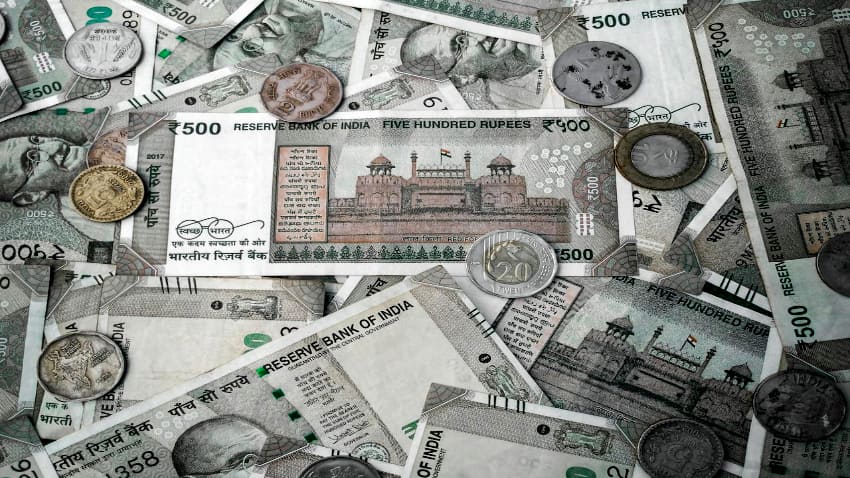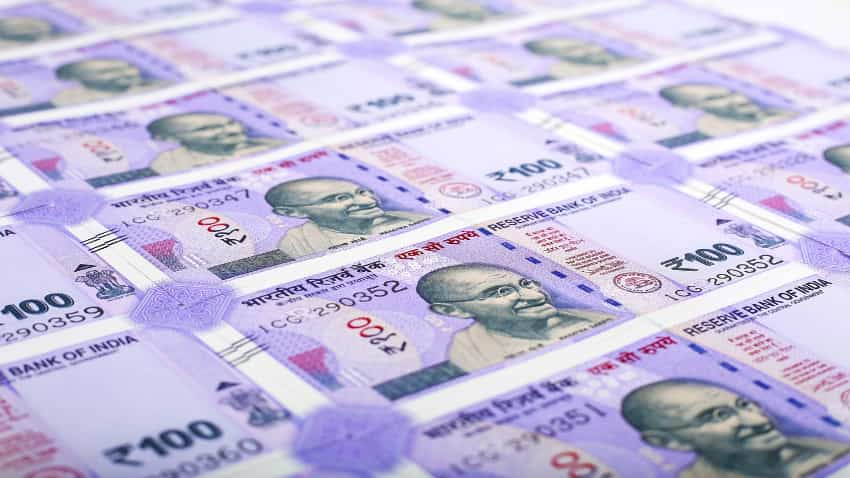UPS vs NPS vs OPS: Last-drawn basic salary Rs 80,000; pensionable service 25 years; what can be your monthly pension in each scheme
UPS vs NPS vs OPS: Pensioners in India can broadly select 3 options to get a monthly pension—Old Pension Scheme (OPS), National Pension System (NPS), Unified Pension Scheme (UPS). Salary in all 3 schemes can be different or the same and may depend on your pay scale, last-drawn basic salary, contribution to corpus, or years of service. But how these pension systems work, where you may get the maximum pension, and which of the 3 may provide the maximum pension for a person with Rs 80,000 as the last-drawn basic salary and 25 years of service.
UPS vs OPS vs NPS Monthly Pension Calculations: For state or central government employees, a monthly pension is a notable attraction. At an age where they may not have any other regular income source, having a regular pension gives them self-dependency, confidence, and dignity to become financially free. When it comes to pension systems in India, there are 3 popular schemes: Old Pension Scheme (OPS), National Pension System (NPS), and Unified Pension Scheme (UPS). The purpose of either of the scheme is to provide a regular income to retirees during their retirement stage. But the amount that they may get in all 3 can be the same or different. It may depend on their last-drawn basic salary, pensionable years of service, and their contribution (in case of NPS and UPS). But which of the 3 pension schemes can provide you the maximum pension, and why? And which of them can provide the maximum monthly pension for an employee with an Rs 80,000 last-drawn basic monthly salary and 25 years of service? Know here!
Photos: Unspalsh/Pixabay
(Disclaimer: These are projections. Actual calculations may vary.)
Old Pension Scheme (OPS)

The pension scheme started in the 19th century changed many faces during its existence of more than a century. It came into its present form post-independence. One striking change was to increase the retirement age from 58 to 60 in the year 1998. The central government scrapped OPS and launched NPS in 2004.
Old Pension Scheme (OPS)

National Pension System (NPS)

When Centre scrapped OPS and launched NPS in 2004, it was a sea change, since in NPS, the pension was not fixed. Rather, it was based on a government employee's contribution to their NPS account corpus. The more they contribute, the higher pension and lump sum amount they can generate. The scheme was opened to all in the year 2009. The Tier I account of NPS provides tax benefits, plus assures account holders/employees of lump sum amount and monthly pension.
Unified Pension System (UPS)

The central government announced this new scheme in August 2024 and notified it last month. The scheme will be implemented from April 1, 2025. UPS promises to have the combination of OPS and NPS. The unique feature is that the employer's contribution is their 10 per cent of basic pay, and the employer's contribution is 18.5 per cent of the employee's basic pay and DA. In NPS, the employer contribution is 14 per cent.
How is pension calculated in OPS?

How is pension calculated in NPS?

For central government employees, the employee contribution is 10 per cent, while the employer contribution is 14 per cent. Employees can increase their NPS contribution. Their contribution is invested in equity and debt funds. The pension is based on the contribution and return from their investments. At 60 years of age, they can withdraw up to 60 per cent of their corpus, and from the remaining 40 per cent amount, they can purchase an annuity plan. The return from the annuity plan will be their monthly pension. They can also purchase an annuity from their 100 per cent NPS corpus.
How is pension calculated in UPS?

How is pension calculated in UPS?

OPS: Pension for person with Rs 80,000 as last-drawn basic pay and 25 years of service (for post-2016 retirees)

OPS: If one commutes 40% salary?

UPS: Pension for person with Rs 80,000 as last-drawn basic pay and 25 years of service

UPS: Lump sum amount that pensioner will get

UPS: What will be family pension?

NPS: Pension for person with Rs 80,000 as last-drawn basic pay and 25 years of service

Since NPS is voluntary, we are assuming an Rs 8,000 monthly contribution for 25 years in 50 per cent investment in equity and 50 per cent in debt.
At that contribution, the estimated lump sum amount in 25 years will be Rs 52,39,853, and the monthly pension will be Rs 19,649.
However, in real life, the pension can be much more since one is most likely to increase their contribution as their salary increases.




